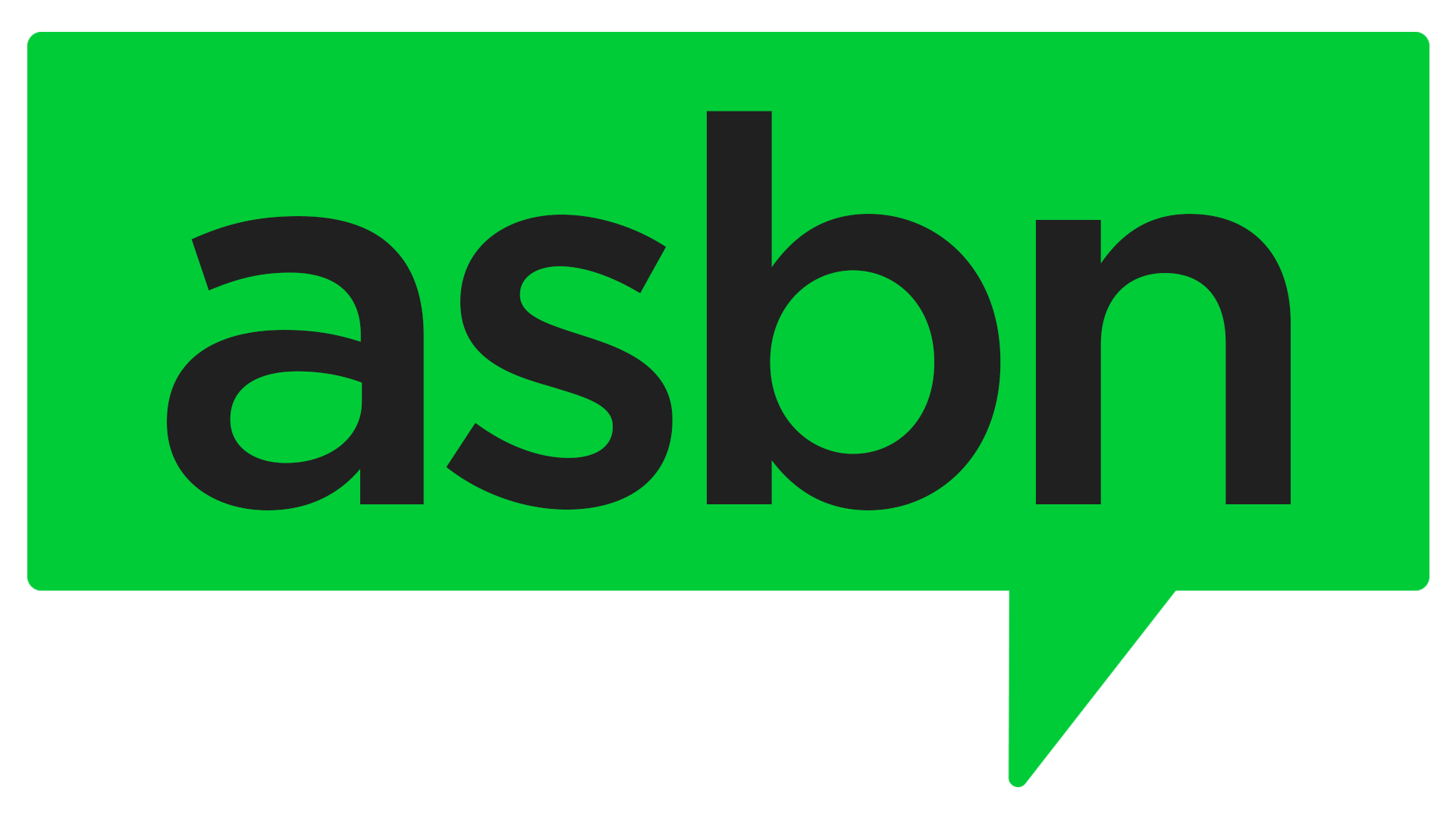COVID-19 has prompted many businesses to reconfigure for remote work. While these measures can safeguard employee health, they can also generate chaos during the transition period. Here are 10 tools that can help your small business set itself up for remote success.
Equipping Home Offices
Though it’s tempting to jump straight to programs and platforms for virtual teamwork, a more immediate concern is setting up functioning home offices. These 7 basics will make an enormous difference to your operations.
#1. A Monitor, or Two
At the very least, remote employees need a computer and a reliable internet connection. The majority of them will already have personal laptop computers and internet they can use for this purpose; if not, employers need to address this before anything else.
Additionally, if your employees generally work at the office on a large screen or set of monitors, it is worth making sure they have access to this equipment. Monitors can usually be connected to laptops–as can mice–for more straightforward navigation, and produce less eye, neck, and back strain than their more diminutive counterparts.
#2. A Comfortable Seat
In the same vein, consider providing employees with the option of bringing home their office chair. Most home chairs aren’t comfortable for long stretches. Allowing workers to install a more comfortable chair in their home office will make their new 9-to-5 much more physically possible.
#3. A Surge Protector
Though it should be a no brainer, many people forget to include this vital piece of equipment when setting up home offices. Given the number of appliances that populate a home office, however, a surge protector is a must.
#4. A Printer
A printer is one piece of equipment taken for granted in most physical office spaces. Most people rarely stop to think about how many copies or scans they make until they’re at home and realize they don’t have access to one.
Printers come in a variety of designs, from cheap basic wireless ones to multi-functional models. Depending on your business, it’s essential to install one at home that can meet your work needs.
#5. A Filing System
Home offices can quickly become overwhelmed by paper tsunamis. For work to continue as usual, remote workers will need some form of physical filing system, such as a desktop paper organizer or filing cabinet. If there are extras at work that can be sent home with the monitors and chairs, consider loaning them out at this time.
#6 & #7. A Camera and Headset
As will be further described below, collaborating with others can be challenging remotely. Laptop cameras and internal microphones often don’t do the job well. A good quality camera and headset can make it much easier to interact with the rest of the team, and are worth the investment.
Equipping Virtual Teams
We often take for granted how seamlessly we communicate in person. Collaboration, handing off projects, and tying up loose ends are easily managed in a physical space. These kinds of interactions might be less organic virtually. Here are three tools to help overcome these challenges.
#8. Communications Platforms
The first hurdle is to remove as many communication barriers as possible. Make sure your remote workers are able to talk in a variety of ways, in real-time.
Optimally, businesses should designate two communications platforms: one for messaging and one for video collaboration. Options like Slack allow employees to create several conversations, search within threads, and share information. Video platforms like Zoom allow for other forms of connection using their conference tools.
#9. Project Managing Platforms
Next, businesses should designate a project managing platform. This will help keep operations organized while everyone is far apart. Platforms like Trello or Monday are great options, allowing for file sharing and task lists.
#10. A Time Tracker
Finally, a time tracker is a good idea for businesses that typically work by the clock. A good time tracker institutes accountability while at the same time providing for the flexibility that a work from home schedule needs, especially during a pandemic.
Bonus: Scheduling Platform
With workers scattered–sometimes across time zones–remote businesses can have trouble figuring out when to meet. A scheduling app or platform, like Doodle, can help cut down on time wasted trying to pick the right date and time.


